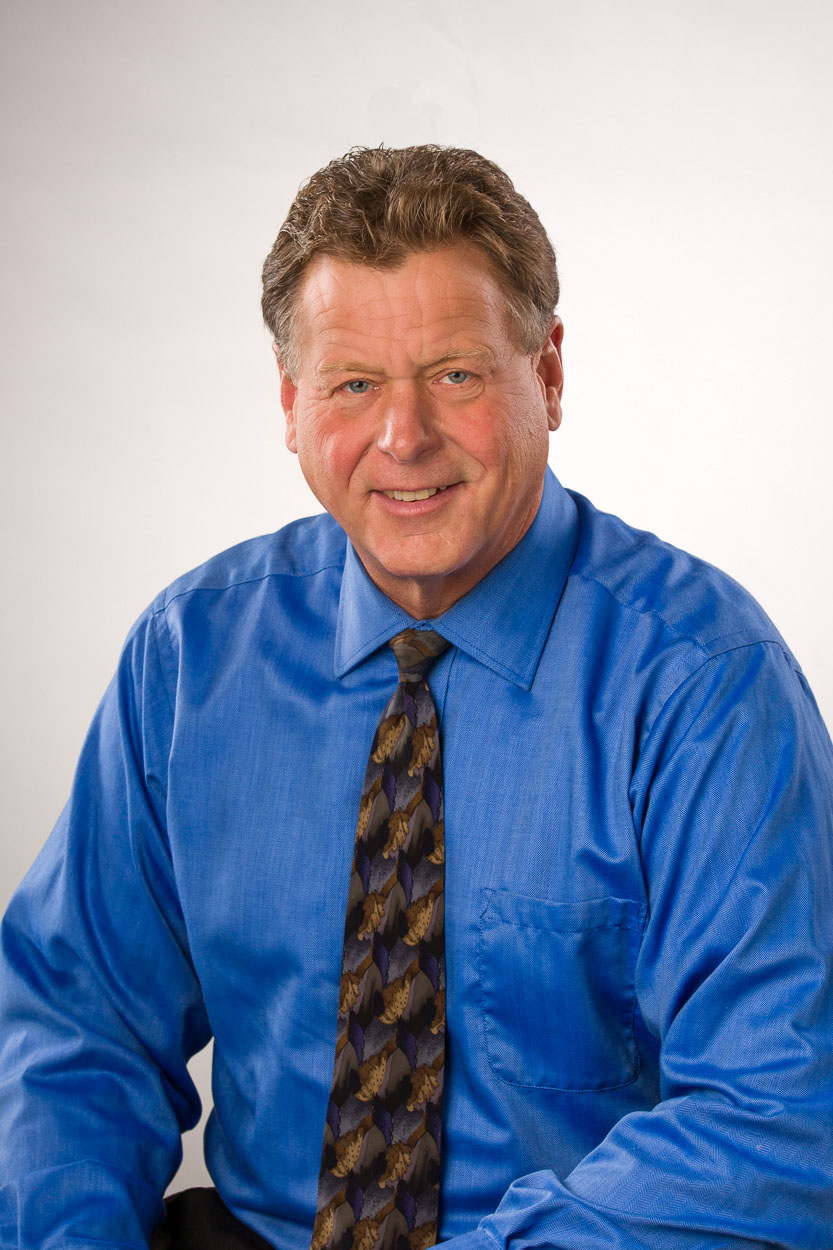
With the start of the New Year, the pheasant hunting season came to an end. Because the New Year’s Day holiday fell on a Friday, the season extended through Sunday, Jan. 3.
The season for me was a success in so many ways, and none of the success was because of the number of birds I harvested. In fact, I missed more roosters than I hit, and that means there were a lot of birds to take aim at.
My dogs and I hunted 12 different wildlife management areas (WMAs) in addition to Touch The Sky Prairie, a national wildlife refuge.
The WMAs were located throughout southwest Minnesota including six in Rock County, three in Nobles, two in Cottonwood and one in Pipestone County. I was never more than 60 miles from home, and most of the time the dogs and I were within 10 miles of our home.
We probably hunted a total of 20 or so times during the season, usually a couple of hours each time.
We saw birds every time we hunted, sometimes only hens, sometimes only a rooster or two, but most of the time we saw both.
One of the most satisfying things I noticed this year was the increase in the number of hunters in the field. Every time out, I saw other hunters, and that has never happened before.
It just reinforces the belief that the efforts of Pheasants Forever chapters across the state and particularly in southwest Minnesota are making a difference.
The increased pheasant population and the increased numbers of hunters can be attributed to Pheasants Forever’s focus on habitat, habitat, habitat.
COVID-19, like with darn near everything else, has had an adverse effect on the ability of local chapters to raise money to fund their habitat efforts.
Annual Pheasants Forever fundraising banquets were canceled across the state in 2020, so as you can imagine, that was a serious hit to the bank accounts.
Hopefully this year the local chapters will be able to hold their annual fundraising banquets so they can continue to do what they do best – provide and preserve habitat.



